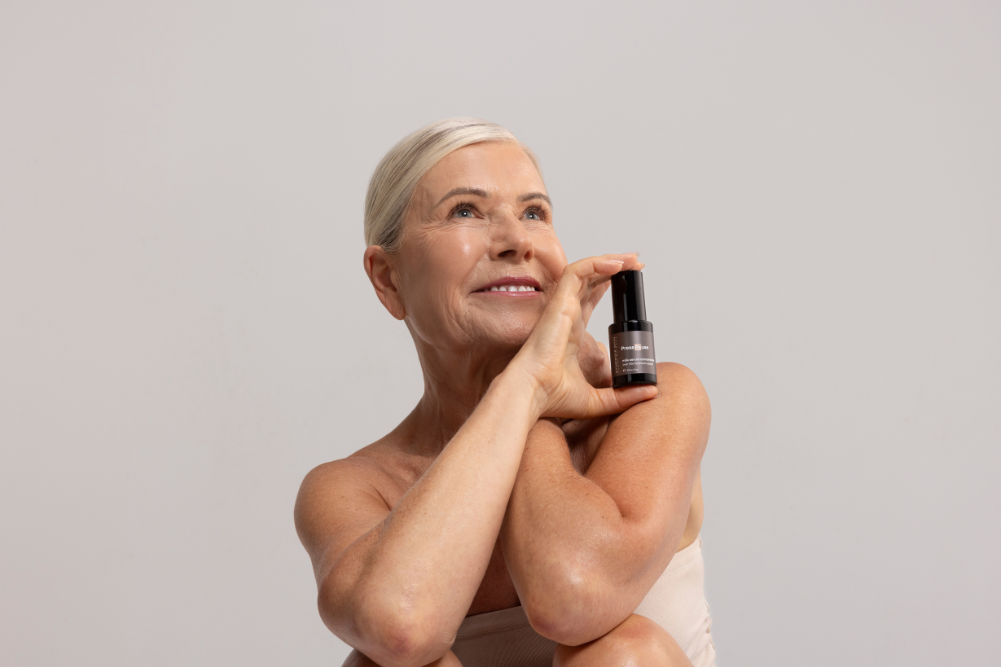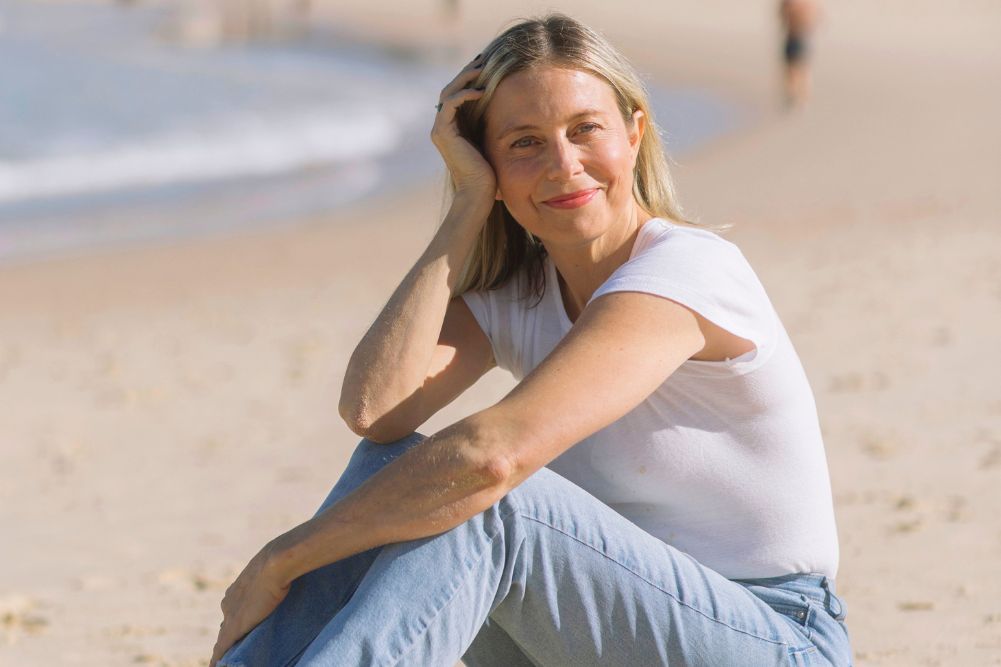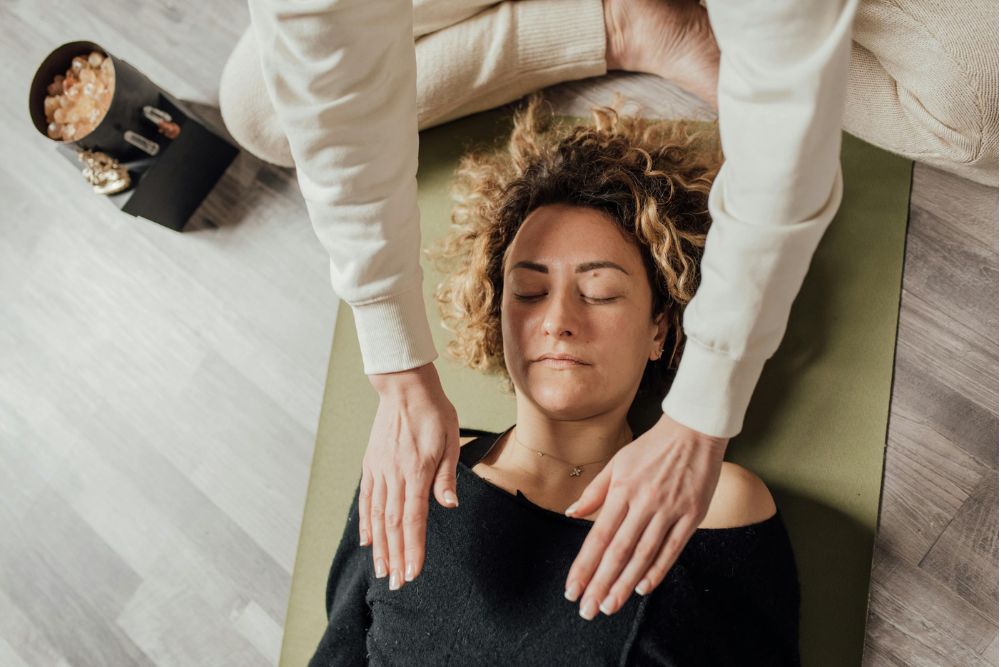The truth about sunscreen
Links between chemicals in sunscreens and harmful effects on the body have been well researched and documented in various medical journals. However, only small amounts of this information have leaked out into the mainstream media. There is also increasing evidence that while sunscreens may stop you burning, very few provide protection against the radiation linked to skin cancer.
Sunscreens currently available in Australia have been proven to stop ultraviolet B radiation burning your skin. More are now also protecting against ultraviolet A radiation. However, this is still an optional test for sunscreens with only about 25 to 50 per cent of sunscreens tested. Some sunscreens do not appear to stop the longer-wavelength ultraviolet A rays causing possibly dangerous changes within the body.
Dr Peter Dingle, a West Australian environmental toxicologist, has raised concerns about chemicals used in personal care products, including sunscreens. He has stated that most chemicals used in sunscreens are non-toxic when first applied to the skin, but once exposed to heat, reactions occur between your skin and the sunscreen. Most chemicals in sunscreens act to absorb UV rays, which are then increased to a higher energy level. When particles drop back to their former lower energy level, energy is remitted. It is thought that this process causes skin damage as the released energy enters the epidermis. The first thing you can you do to prevent skin damage is to take antioxidants. Natural alternatives to synthetic sunscreens are also worth considering.
Chemicals in common sunscreens
Octyl-methoxycinnamate (OMC)
This chemical is used in 90 to 95 per cent of Australian sunscreens. In a Norwegian study, OMC was applied to cells of mice in lower concentrations than used in sunscreens and approximately half of the mice cells died. OMC became more toxic in the presence of UV light. In another study OMC was found to bind to DNA and other researchers showed it produced toxic free radicals.
Titanium dioxide (TiO2)
Titanium dioxide absorbs about 70 per cent of UV, which leads to the generation of hydroxyl radicals that can initiate oxidations. In multiple studies it was also found that TiO2 starts DNA damage both in the test tube and in human cells when illuminated by sunlight.
Oxybenzone (benzophenone derivative)
This chemical is a widely used UVA sun blocker. It is an effective filter, but with sunlight it rapidly oxidises and deactivates the natural antioxidants in the epidermis.
PBSA
PBSA is used in only 10-15 per cent of Australian sunscreens, but it is one of the most common ingredients used in Europe. The chemical name is 2-phenylbenzimadazole-5-sulfonic acid. It absorbs UVB rays and is thought to damage skin tissue by affecting its genetic materials. Dingle has connected this to a possible increase in the risk of developing skin cancer.
The link between PBSA and DNA damage to cells has been studied in various institutions and been proven with test tube reactions between DNA structure and the chemical. Most scientists involved in this research comment that this should not cause alarm as sunscreens have been used for a long time. However, there seems to be a growing number of people diagnosed with melanomas despite the skin cancer education undertaken in the past 10 years.
Padimate-O/PABA/PABA derivatives
The annual meeting of the American Association for the Advancement of Science raised some interesting questions regarding sunscreen. Dr Knowland of the University of Oxford found in a test tube study that when Padimate-O was added to DNA and exposed to sunlight, the sunscreen broke down releasing agents that damaged the DNA. This resulted in the release of free radicals and broken DNA strands, which could lead to cancer.
Benzophenone
Benzophenone and similar compounds are some of the most powerful free radical generators known. Benzophenone is used in industrial processes to initiate chemical reactions. It is activated by UV light that breaks the chemical double bond to produce two free radical sites. These compounds then initiate a chain reaction, which can increase skin damage.
The two main concerns that have been exposed by studies regarding sunscreens are DNA damage and free radical formation. Both of these have been linked to increased risk of developing cancer. Allergic skin reactions to sunscreens are also common.
Absorption of sunscreen
Oxybenzone has been studied in detail to see how much is absorbed through your skin. A group of people applied sunscreen containing oxybenzone six per cent, octyl methoxycinnamate 7.5 per cent and other chemicals. Urine samples were taken for 48 hours following application. Levels of 450mg/m2 of oxybenzone were found in the urine after 48 hours. Significant amounts of chemicals in sunscreens are absorbed into the body. Similar absorption studies have been done in Brisbane, Queensland, and high rates of absorption have been found.
Oestrogen mimicking
A group of Swiss researchers have found that chemicals in sunscreens may mimic the effect of oestrogen. Oestrogen is a naturally occurring hormone, but researchers know that chemicals which behave like oestrogen can cause health concerns.
4-Methyl-benzylidene camphor (4-MBC) was tested and it made hormonal-dependent cancer cells grow more rapidly. 4-MBC has been found to accumulate in fish from lakes where people swim and in breastmilk. As a response to these results, sunscreens containing 4-MBC and OMC were removed from all shops on 24 April 2001 by the instruction of the Danish EPA. This was later restricted to the removal of sunscreens containing 4-MBC only as there were very limited sunscreens available. The studies are continuing to confirm results.
The scientist conducting this study, Margaret Schlumpf from the University of Zurich (Switzerland), suggested that sun blocks like zinc oxide might make a healthier alternative. High concentrations of zinc oxide can sometimes cause blocking of the pores, leading to heat rash. A better alternative would be a natural sunscreen with antioxidant action and a small percentage of zinc oxide.
Safe alternatives
Vitamin E and C
Many vitamins and essential oils will penetrate the skin and can have systemic (whole body) benefits. Vitamin E is one of these. In cosmetics, the esterified form of vitamin E is used so that your skin cells can take it up and convert it into a useful antioxidant. Vitamin E stops the fat in cells from oxidising, thereby slowing down the ageing process of the skin.
Studies have shown that vitamin E (alpha tocopherol) and vitamin C protect the skin from UVB radiation. Vitamin C (ascorbic acid) has been shown to also protect from UVA radiation when used topically. Vitamins C and E work synergistically; meaning their effect is stronger when used together than on their own.
Carotenoids
Carotenoids are colourful compounds abundant as pigments in plants. The most common are alpha and beta-carotene, lutein and lycopene. Lycopene (from tomatoes) and beta-carotene (vitamin A) are both antioxidants that have been shown to prevent skin cancer. Alpha-carotene is 10 times more potent against skin cancer than beta-carotene.
Minerals
Selenium (L-selenomethionine) used either orally or topically has been shown to retard skin cancers. Zinc oxide used on the skin acts as a sun reflector rather than a UV absorber like many chemical sunscreens and is not absorbed into the skin.
Botanical medicines
Silybum marianum (St Mary\’s thistle) and green tea extract taken orally provide antioxidant protection. The following herbs applied to the skin stimulate antioxidants in the skin, protecting your skin from UVB radiation:
- Calendula officinalis (calendula)
- Hamamelis virginiana (witch hazel)
- Gingko biloba (gingko)
- Cnicus marianus (St Mary\’s thistle)
- Camellia sinensis (green tea)
- Quercus robur (oak bark)
Vegetable and essential oils Sesame seed oil contains vitamin E, B vitamins, calcium, magnesium, vegetable protein and lecithin. It is a natural moisturiser and has an SPF of 3. Avocado oil is rich in many nutrients and chlorophyll. Jojoba (Simmondsia chinesis) is an excellent emollient for the skin and has some degree of sun protection properties. Calendula (Calendula officinalis) helps your skin to regenerate as it has a high carotenoid content. Lavender (Lavendula augustifolia/officinalis) is an insect repellent, antiseptic and also acts as a natural sun deflector. Shea and cocoa butter Cocoa butter and shea butter are both smooth natural moisturisers. Shea butter has a natural antioxidant called B-amyrine as well as vitamin E. It also contains allantoin and carotenoids. Shea butter has a sunscreen effect. References available on request. Janelle Garlick is a naturopath/homoeopath in Perth. Tel: (08) 9362 3666.
What can you do?







